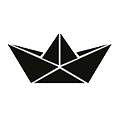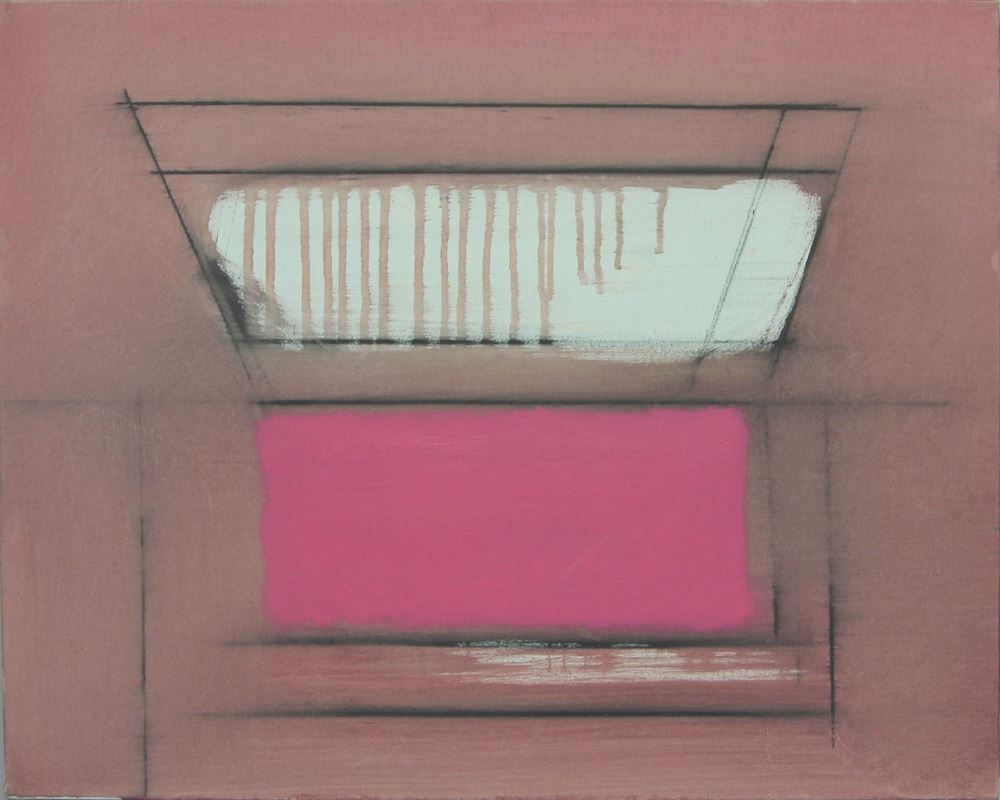


Born in Messina, Sicily, Italy in 1943.
“An analysis of Freiles’ most recent work cannot but emphasize the sources of light and colour of a work entirely tending to and rooted into the universe, ancient and ever new, of painting.” Vittorio Fagone
Freiles made his first significant experiences at the turn of the seventies recovering the “practice of painting” which in the sixties had met objections in favor of proclaimed conceptuality of the artistic image and of the assertion of a visual meta-language beyond the bi-dimensionality of the field of conventional painting. Since the sixties he was in fervent contact and confrontation with personalities of the international art scene such as Alberto Burri, Michelangelo Pistoletto, Je Tilson, Eugenio Miccini, Angelo Savelli, Victor Pasmore and Lawrence Carroll; nevertheless, he demonstrates in his works a completely personal interpretation and reflection over art, silent and internalized, moving within an intellectual research that investigates the limits of artistic means, amplifying the possibilities in original and innovative expressive formulas.
During the mid-eighties Antonio Freiles creates a collection of paintings using oil paint and graphite, those series marked a new artistic epiphany on the canvas where space, the matter and the light interpenetrate, in which the graphite draws structures, shaded geometries, dome-shaped revealing linear profiles of architectures, mirages of distant invisible cities. The basic spatial configuration and pictorial field composed of juxtaposes configurations on Freiles paintings compels the eye of the viewer to a quick and continual perceptive movement.
With the series Chartae, a series of paintings executed on handmade paper made of cellulose pulp blended with industrial dyes, Antonio Freiles reaffirms his continuous and tight dialogue between the physicality of materials and techniques, and the immateriality of the conceptual elaboration of rhythms and forms.
One feature that can be recognized as a term of a formative and poetic reference through the course of Freiles’ career as a painter is the way he sets before us a field of vision examined in its essential formative phases and then led to a transmuting image beyond the limits of any possible “frame”. Freiles’ work can also be viewed as a sum of pulsations of matter retrieved into a primary formative nucleus and forcefully revealed at every point.
Freiles’ pictorial concerns are, among many, the inner conformation of filling in the color within the shape of the canvas or the paper. His paintings are expansion of liquid colours combined by fine and thick brushstrokes, but bearing a safe direction of movement, giving each work the life of a singular artwork. Freiles is a painter of Mediterranean light, he does not fear the glaring splendor of the yellows, the orange tones, the raw and bloody reds of fertile soils, the violet colors of the “oriental” horizons of the sea town where he lives and the deep and shady greens.
Antonio Freiles has exhibited his works in the most important European Biennials and his paintings are part of important private and museum collections, including Palazzo dei Diamanti in Ferrara, Palazzo Sormani in Milan, Palazzo Zanca in Messina; his works are also found in important institutions and museums such as the Tate Gallery in London, the Leopold Hoesch Museum in Düren and the Bibliothèque Kandinsky Collection - Center Geroges Pompidou, Paris.
Also active as a cultural operator in advancing the exchange of information between Sicily and numerous national and international artistic centers, Freiles was the artistic consultant of the Regional Province of Messina and he organized the major "International Graphics" exhibitions at the Regional Museum of Messina, collaborating with the British Council in London, with the Ljubljana Biennial of Graphics, with the Maeght Foundation in Paris, with the World Print Council in San Francisco. He also organized a large review of the Artist's Book at the Palazzo Zanca di Messina in 1989 together with Vanni Scheiwiller. The artist has actively participated in numerous cultural programs by collaborating with the British Council in London, the Ljubljana Graphic Biennial, the Maeght Foundation in Paris and the Print Council in San Francisco.
Peter Assmann, Guido Ballo, Bruno Bandini, Lucio Barbera, Mario Bertoni, Massimo Bignardi, Liana Bortolon, Carlo Castellaneta, Enrico Crispolti, Giorgio Di Genova, Gillo Dorfles, Piergiorgio Dragone, Vittorio Fagonem Franco Fanelli, Guido Giuffrè, Anna Guillot, Giovanni Iovane, Leslie Luebbers, Gianfranco Mantegna, Garibaldo Marussi, Marco Meneguzzo Eugenio Miccini, Nicoletta Pallini, Sandro Parmiggiani, Franco Passoni, Francesco Poli, Alberigo Sala, Roberto Sanesi, Vanni Schweiller, Franco Speroni, Carmelo Strano , Tommaso Tirini and Patricia Trutty- Coohill have written about him, among the others.
|
This website uses third party cookies | X |
 This site uses anonymous technical cookies to ensure navigation and third-party cookies to monitor traffic and to offer additional services such as viewing videos or messaging systems. Without third-party cookies some pages may not work properly. Third-party cookies can track your activity and will only be installed by clicking on the "Accept all cookies" button. You can change your selection at any time by clicking on the "Cookie" link on each page at the bottom left. By clicking on one of the two buttons you declare that you have read the privacy policy and to accept the conditions.
This site uses anonymous technical cookies to ensure navigation and third-party cookies to monitor traffic and to offer additional services such as viewing videos or messaging systems. Without third-party cookies some pages may not work properly. Third-party cookies can track your activity and will only be installed by clicking on the "Accept all cookies" button. You can change your selection at any time by clicking on the "Cookie" link on each page at the bottom left. By clicking on one of the two buttons you declare that you have read the privacy policy and to accept the conditions.
| |
|